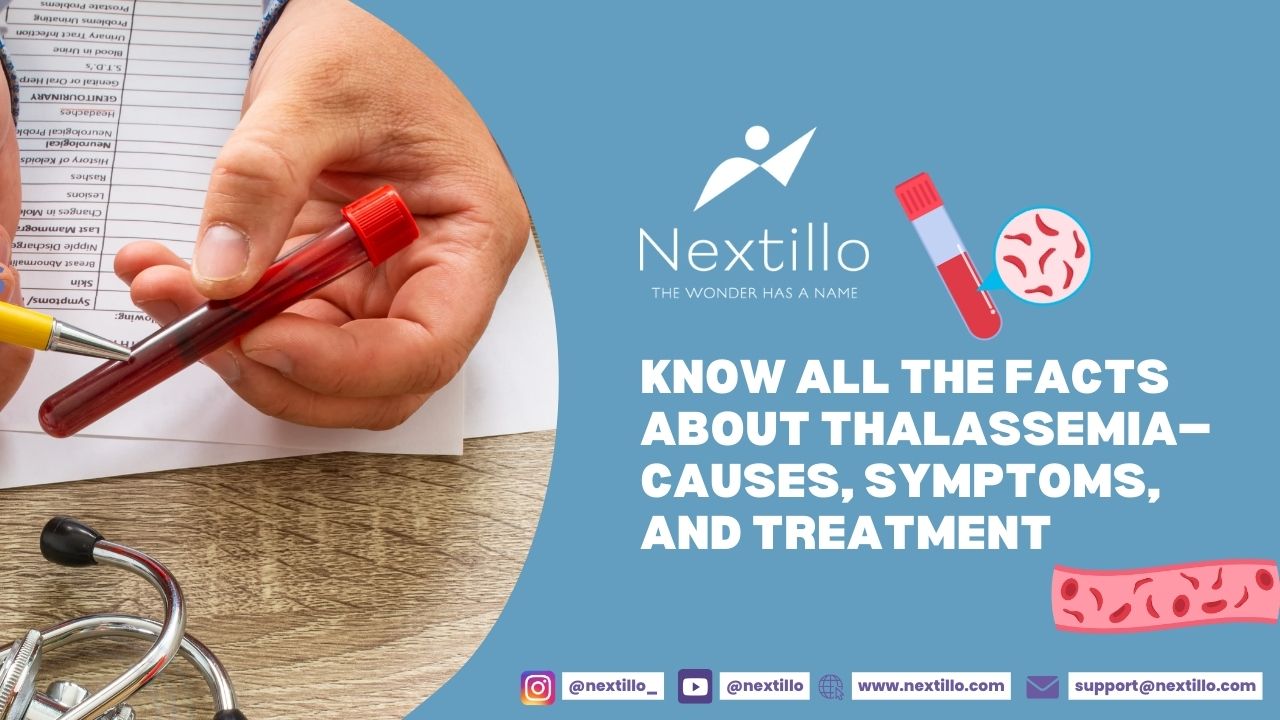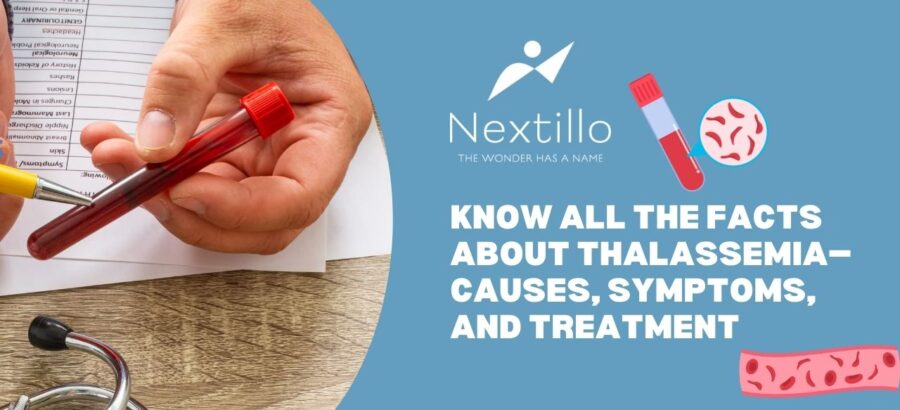It is also during this age of advanced medical science that the knowledge about genetic diseases is of maximum importance now more than ever before. Among them is a disease of such kind that it inflicts millions of people all around the globe even today, i.e., thalassemia. Although it is a common blood disorder, it remains comparatively unknown in most populations due to a lack of awareness and literacy about the same. It’s our humble effort to throw some light in the direction of thalassemia causes, symptoms, treatment, and prevention. It’s of huge help to FMGE aspirants, and everyone else like them who are required to learn facts about this disease
What is Thalassemia?
Thalassemia is an inherited blood disorder that disrupts the production of hemoglobin by the body, the substance of red blood cells that transports oxygen. Thalassemia causes recurring anemia, fatigue, and, in severe instances, potentially fatal conditions. Thalassemia appears most often in regions of the Mediterranean, the Middle East, Africa, South Asia, and Southeast Asia. Understanding this disorder is not just crucial for FMGE preparation but also to disseminate thalassemia awareness among risk groups.
Thalassemia Causes
The basic cause of thalassemia is a mutation in the genes involved in the synthesis of globin chains in hemoglobin.
There are two principal forms:
- Alpha Thalassemia: Due to mutations in the alpha-globin genes.
- Beta Thalassemia: Due to mutations in the beta-globin genes.
Because it is an autosomal recessive disorder, both parents need to be carriers of the defective gene for the child to be affected. If one of the genes is defective, the individual is a carrier (thalassemia trait) and can be asymptomatic.
This reality emphasizes the need for genetic counseling and carrier screening, particularly in high-risk groups.
Thalassemia Symptoms
Symptoms can vary significantly depending on the type and severity of the disorder.
Beta Thalassemia Major (Cooley’s Anemia):
- Severe anemia
- Pale skin, fatigue, and weakness
- Growth retardation in children
- Facial bone deformities and protruding forehead
- Enlarged spleen and liver
- Jaundice
- Iron overload due to frequent blood transfusions
Beta Thalassemia Minor (Trait):
- Usually asymptomatic
- Mild anemia may be present
- Often diagnosed during routine blood tests
Alpha Thalassemia:
- Silent Carrier: No symptoms
- Alpha Thalassemia Trait: Mild anemia
- Hemoglobin H Disease: Moderate to severe anemia, splenomegaly
- Hydrops Fetalis: Most severe, often fatal before or shortly after birth
Recognizing these thalassemia symptoms early is crucial for timely management.
Thalassemia Treatment
There is no one treatment for every type of thalassemia, but treatments can control the disease:
1. Routine Transfusions of Blood
Used particularly in thalassemia major to keep hemoglobin and control anemia. But regular blood transfusions lead to iron overload.
2. Iron Chelation Therapy
To drain off excess iron, drugs such as deferoxamine, deferasirox, or deferiprone are given.
3. Bone Marrow or Stem Cell Transplant
Now the only curative modality, primarily in young patients with a compatible HLA-matched donor.
4. Folic Acid Supplements
Usually prescribed for stimulating red blood cell production.
5. Gene Therapy (Emerging)
Experimental in certain nations, gene modification is being considered as a possible future treatment for thalassemia.
Medical students, particularly those pursuing hematology or sitting for FMGE 2025 and other licensing exams, need to know about these treatment modalities.
Health Facts and Diagnosis
• Diagnosis is initiated by a CBC with microcytic hypochromic anemia.
• Hemoglobin electrophoresis reveals abnormal hemoglobin variants (e.g., HbA2 ↑ in beta-thalassemia trait).
• Genetic testing establishes the mutation and is required for carrier screening.
• Iron studies distinguish thalassemia from iron deficiency anemia.
One important health fact: Never administer iron to treat thalassemia trait until iron deficiency is diagnosed.
Prevention: Prevent Thalassemia Before It Starts
Thalassemia can be avoided with proper action:
• Carrier screening prior to marriage or conception
• Prenatal testing by chorionic villus sampling or amniocentesis
• Pre-implantation genetic diagnosis (PGD) in in vitro fertilization
• Public awareness campaigns for raising Thalassemia awareness
Avoid thalassemia with education, policy, and preventive healthcare planning—particularly in disease-endemic nations.
Why It Matters: For Medical Students and Beyond
For students diving into Med Study, Medicine Updates, or FMGE prep, thalassemia offers a great illustration of:
• Genetic inheritance
• Chronic disease management
• Need for preventive medicine
Thalassemia also intersects hematology, public health, and genetics, making it a high-yield topic for any competitive medical exam.
Conclusion: Spread Thalassemia Awareness
In short, thalassemia is a preventable, controllable, but life-threatening disease. Through knowledge of the etiology of thalassemia, awareness of symptoms, and the use of proper treatment, lives can be immensely enhanced. Whether you’re a medical student, an aspiring doctor, or simply somebody who adores health facts, it is crucial to assist in creating awareness for thalassemia. Encourage screening programs, educate people, and aid the world in preventing thalassemia.
Stay current. Become informed. Be the change in medicine.
Crack the FMGE Exam with Confidence—Download the Nextillo App Now on iOS & Android!






